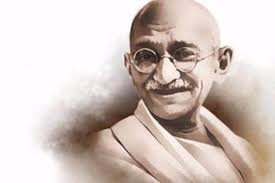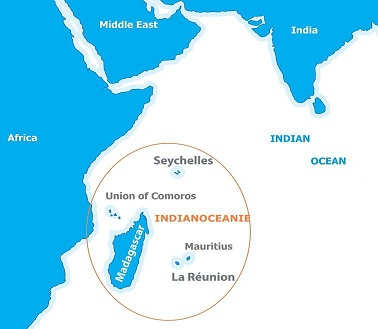Important Facts For Prelims
Mahatma Gandhi Green Triangle
- 21 Mar 2022
- 4 min read
Why in News
Mahatma Gandhi Green Triangle’ has been unveiled in Madagascar to mark Azadi ka Amrit Mahotsav.
What are the Key Points?
- The word green in the plaque (a flat piece of stone or metal) signifies their commitment to sustainable development and saving the environment.
- The naming of this park as Mahatma Gandhi Green Triangle is a tribute to Mahatma Gandhi.
- Gandhi was a ‘Pravasi’ who returned to India from South Africa, led India’s freedom struggle.
- Madagascar has a large diaspora from the Indian state of Gujarat and it is fitting that a green triangle named after Gandhi, who hailed from Porbandar in the state, is being unveiled in the capital of Madagascar (Antananarivo).
- Madagascar voiced appreciation for efforts by the Indian Embassy in greening the area, saying it meets the objective of the Urban Municipality of Antananarivo to create the maximum green space in the capital city of Madagascar.
What are the Key Facts Related to Mahatma Gandhi?
- Birth: 2nd October 1869 in Porbandar (Gujarat)

- Brief Profile: Lawyer, politician, social activist, and writer who became the leader of the nationalist movement against the British rule of India.
- Satyagrah: In South Africa (1893-1915), he had successfully fought the racist regime with a novel method of mass agitation, which he called satyagraha.
- Return to India: He returned to India from South Africa on 9th January 1915.
- Pravasi Bharatiya Divas (PBD) is celebrated on 9th January every year to mark the contribution of the Overseas Indian community in the development of India.
- Satyagraha Movements in India: Mahatma Gandhi believed that the dharma of non-violence could unite all Indians.
- In 1917 he travelled to Champaran in Bihar to inspire the peasants to struggle against the oppressive plantation system.
- In 1919, he decided to launch a nationwide satyagraha against the proposed Rowlatt Act (1919).
- Non-Cooperation Movement (1920-22): At the Calcutta session of the Congress in September 1920, he convinced other leaders of the need to start a non-cooperation movement in support of Khilafat as well as for swaraj.
- The Salt March and the Civil Disobedience Movement: For several years after the Non-cooperation Movement ended, Mahatma Gandhi focused on his social reform work.
- In 1930, Gandhiji declared that he would lead a march to break the salt law.
- According to this law, the state had a monopoly on the manufacture and sale of salt.
- In 1930, Gandhiji declared that he would lead a march to break the salt law.
- Quit India Movement:
- With the outbreak of World War II (1939-45), the nationalist struggle in India entered its last crucial phase.
- Social Work:
- He worked for the upliftment of untouchables and gave them a new name 'Harijan' meaning the children of God.
- In September 1932, B.R. Ambedkar negotiated the Poona Pact with Mahatma Gandhi.
- His symbol of self-reliance - the spinning wheel - became a popular symbol of the Indian Independence Movement.
- He worked for the upliftment of untouchables and gave them a new name 'Harijan' meaning the children of God.
- Books Written: Hind Swaraj, My Experiments with Truth (Autobiography)
- Death: He was shot dead by Nathuram Godse on 30th January, 1948.
- 30th January is observed as Martyrs' Day.





